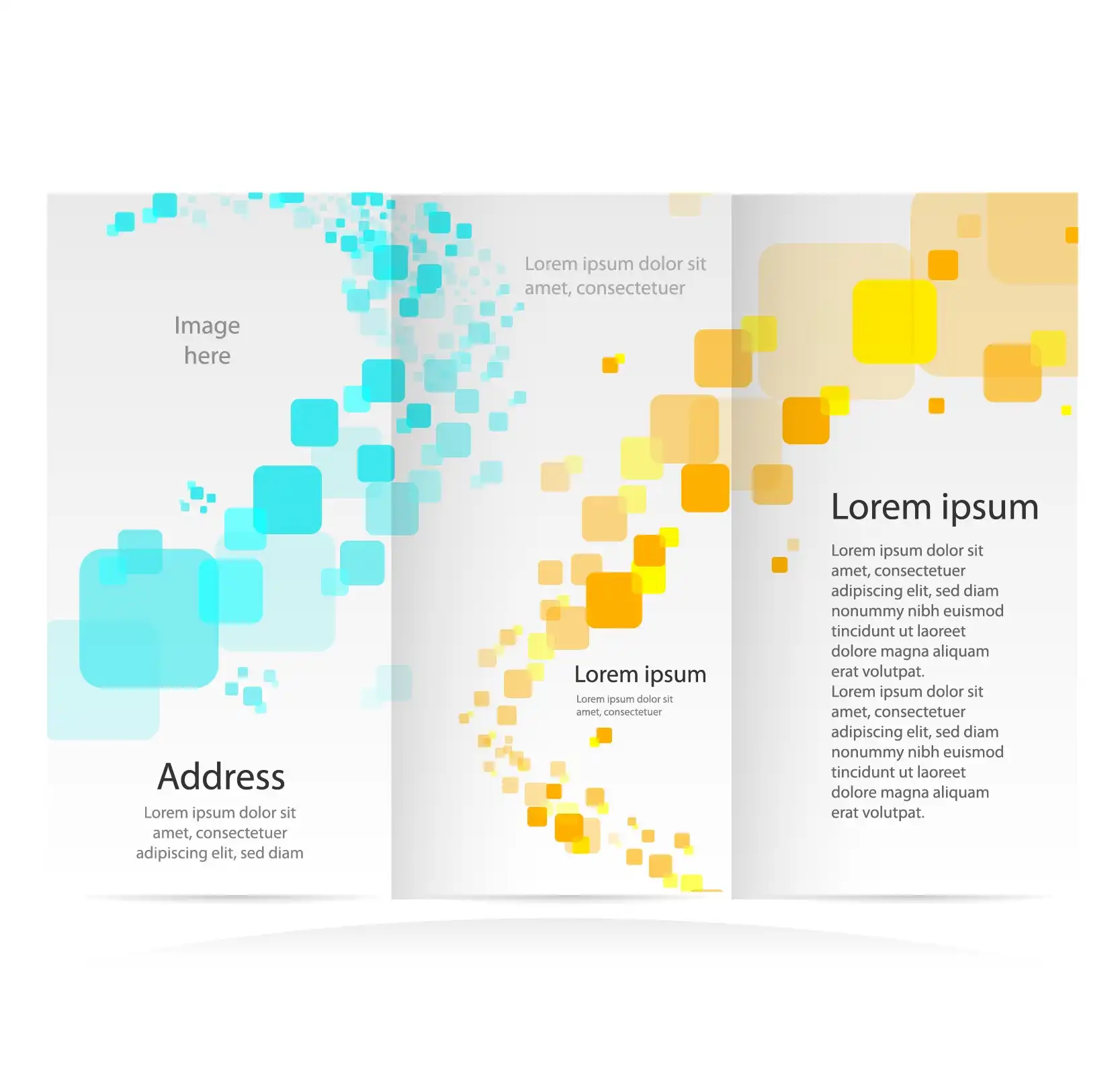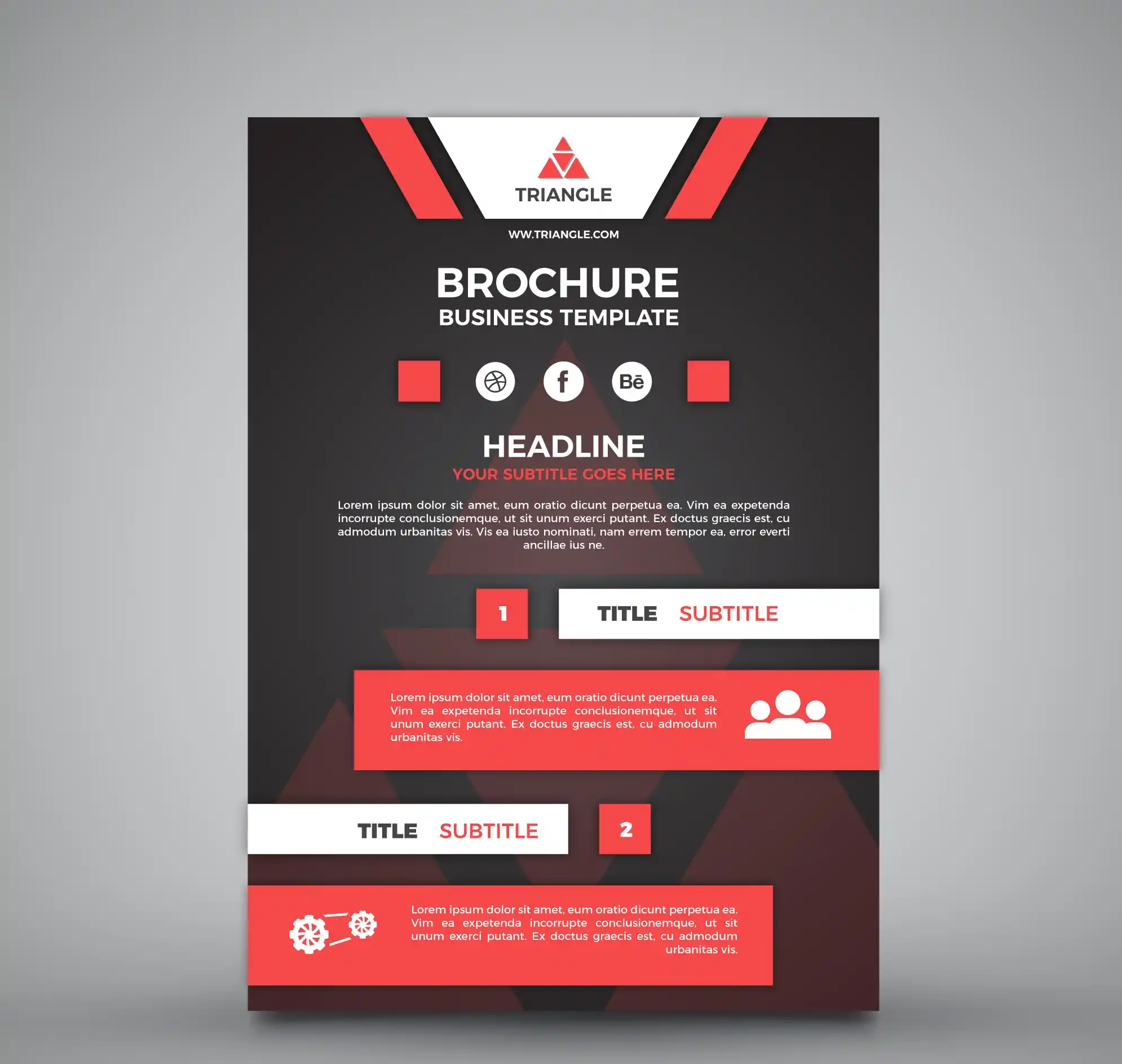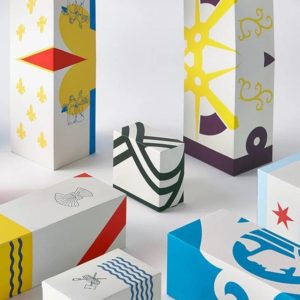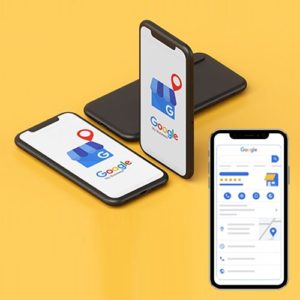1 Page Rs1000

Designing An Effective Brochure: A Step-By-Step Guide For Success
Brochure designing are a versatile and effective marketing tool that can showcase your business, products, or services to potential customers. A well-designed brochure captures attention, communicates your message, and drives engagement. In this article, we will guide you through the process of designing an effective brochure that grabs attention, resonates with your target audience, and delivers results.
I. Define Your Objectives and Target Audience:
Establish Goals:
Determine the purpose of your brochure. Is it to promote a specific product, introduce your business, or announce an event? Clearly define your objectives to guide the design process.
Identify the Target Audience:
Understand your target audience’s demographics, preferences, and needs. This knowledge will shape the design elements and messaging to resonate with your intended recipients.
II. Plan the Layout and Structure:
Determine Brochure Type:
Choose the most suitable brochure designing format, such as a tri-fold, bi-fold, or z-fold. Consider the amount of content and visuals you need to include and how they will be organized.
Create a Hierarchy:
Establish a visual hierarchy to guide readers’ attention. Use headlines, subheadings, and clear sections to break down information and make it easy to navigate.
Use Grids and Alignment:
Maintain consistency and balance by using grids and alignment. Grids help organize elements and create a cohesive visual structure, ensuring a clean and professional look.
III. Develop Engaging Content:
Clear and Concise Messaging:
Craft concise and compelling headlines, subheadings, and body text. Use clear language that communicates the benefits and key information effectively.
Use Visuals Strategically:
Incorporate high-quality images, illustrations, and infographics that support your message and capture attention. Ensure visuals are relevant and enhance the overall design.
Utilize White Space:
Embrace white space to create a sense of balance and allow important elements to stand out. Avoid cluttering the brochure with too much text or visuals, as it can overwhelm readers.
IV. Choose Appropriate Typography and Colors:
Typography Selection:
Choose fonts that align with your brand identity and are legible at various sizes. Use different font weights and styles to create hierarchy and visual interest.
Color Palette:
Choose a colour palette that complements your brand and conjures up the ideal feelings. Use colors strategically to create contrast, highlight important elements, and guide readers’ attention.
V. Incorporate Branding Elements:
Logo Placement:
Ensure your logo is prominently displayed on the brochure, preferably on the cover and possibly on each page. It strengthens brand recognition and reinforces your identity.
Consistent Branding:
Use consistent branding elements such as colors, fonts, and imagery throughout the brochure. This helps establish a cohesive and professional look.
VI. Add Call-to-Action:
Define the Desired Action:
Determine the action you want readers to take after engaging with the brochure, whether it’s visiting a website, making a purchase, or contacting your business.
Clear Call-to-Action:
Incorporate a compelling call-to-action (CTA) that guides readers to take the desired action. Make it prominent, concise, and easy to understand.
VII. Review and Test:
Proofread:
Double-check all text and visuals for spelling, grammar, and accuracy. Mistakes might damage your brochure’s trustworthiness.
Test Print:
Before finalizing the design, print a sample copy to ensure colors, images, and text appear as intended. Make adjustments if necessary.
Conclusion:
Designing an effective brochure requires thoughtful planning, engaging content, appealing visuals, and consistent branding.You may produce a brochure that successfully conveys your message by following these instructions.
Exploring The Different Types of Brochures: Finding The Perfect Fit For Your Business
Brochures are a versatile marketing tool that enables businesses to showcase their products, services, or events to potential customers. When it comes to designing a brochure, choosing the right type is crucial to effectively deliver your message. In this article, we will explore the various types of brochures, each with its unique structure and purpose, helping you select the perfect format to meet your business needs.
I. Tri-Fold Brochures:
Overview:
Tri-fold brochures are one of the most common types and consist of three equally sized panels that fold into each other.
Design Possibilities:
Tri-fold brochures offer six panels (three on the front and three on the back) for content placement, making them ideal for presenting detailed information, product catalogs, or service menus.
Sections:
The panels can be used for an engaging cover, an introduction on the inside flap, and separate sections for different aspects of your business, such as features, benefits, testimonials, and contact information.
II. Bi-Fold Brochures:
Overview:
Bi-fold brochures, also known as half-fold brochures, consist of two equally sized panels that fold into each other.
Design Possibilities:
Bi-fold brochures offer four panels (two on the front and two on the back) for content placement, making them suitable for conveying key information concisely.
Sections:
The panels can be utilized for a captivating cover, an impactful opening message, a detailed description of your business, and a strong call-to-action section.
III. Z-Fold Brochures:
Overview:
Z-fold brochures, also called accordion-fold brochures, consist of multiple panels folded in a zigzag manner, creating a unique visual appeal.
Design Possibilities:
Z-fold brochures provide an intriguing unfolding experience for readers, making them ideal for storytelling, presenting step-by-step processes, or displaying before-and-after scenarios.
Sections:
The panels can be organized to introduce your business, highlight key features or services, showcase customer success stories, and provide contact information on the final panel.
IV. Gatefold Brochures:
Overview:
Gatefold brochures feature two outer panels that fold inward to reveal an expansive center spread, creating an impactful unveiling effect.
Design Possibilities:
Gatefold brochures offer a grand and dramatic presentation, making them suitable for showcasing high-end products, special events, or grand openings.
Sections:
The outer panels can serve as attention-grabbing covers, while the center spread can accommodate stunning visuals, comprehensive information, and immersive storytelling.
V. Die-Cut Brochures:
Overview:
Die-cut brochures involve custom-shaped cuts on one or more panels, adding visual interest and uniqueness to the design.
Design Possibilities:
Die-cut brochures allow for creative and eye-catching designs, making them ideal for businesses that want to stand out and leave a memorable impression.
Sections:
The panels can be customized to align with your brand identity, incorporate unique shapes related to your business, or highlight specific features or products.
VI. E-Brochures:
Overview:
E-brochures are digital versions of brochures that can be viewed on electronic devices such as computers, tablets, or smartphones.
Design Possibilities:
E-brochures offer interactive features like hyperlinks, embedded videos, and animated content, providing an immersive and engaging experience for users.
Sections:
E-brochures can be designed similarly to printed brochures, but with added multimedia elements for a dynamic and interactive presentation.
Essential Information For A Compelling Brochure: What To Include In Your Design
When designing a brochure, it’s crucial to include the right information that effectively communicates your message and captures the attention of your target audience. A well-structured brochure provides key details about your business, products, or services while engaging readers and enticing them to take action. In this article, we will outline the essential information that should be included in your brochure for maximum impact and engagement.
I. Engaging Cover:
Eye-catching Design:
Create a visually appealing cover that grabs attention and reflects your brand identity.
Compelling Headline:
Include a captivating headline that entices readers and conveys the main benefit or purpose of your offering.
II. Introduction:
Business Overview:
Provide a concise introduction that outlines your business, its values, and what sets you apart from competitors.
Unique Selling Proposition (USP):
Highlight the unique features, benefits, or advantages of your products or services.
Mission and Vision:
Share your company’s mission and vision statements to establish credibility and inspire trust.
III. Products or Services:
Detailed Description:
Clearly explain what you offer, focusing on the key features, functionalities, or benefits that are most relevant to your target audience.
Visual Representation:
Include high-quality images or illustrations that showcase your products or services in action, helping readers visualize their potential benefits.
IV. Testimonials and Case Studies:
Social Proof:
Include endorsements or reviews from pleased customers to establish trustworthiness.
Case Studies:
Present real-life examples of how your products or services have successfully addressed customer challenges or achieved desirable outcomes.
V. Contact Information:
Business Name and Logo:
Clearly display your company name and logo for brand recognition.
Contact Details:
Include your phone number, email address, website URL, and physical address if applicable.
Social Media Profiles:
Provide links to your social media profiles to encourage readers to connect and engage with your business.
VI. Call-to-Action (CTA):
Direct Action:
Include a clear and concise call-to-action that prompts readers to take the desired action, such as contacting you, making a purchase, or visiting your website.
Urgency or Incentives:
Encourage immediate response by incorporating limited-time offers, discounts, or incentives.
VII. Additional Information:
FAQs:
Anticipate common questions or concerns and provide clear answers to address potential inquiries.
Company History:
Share a brief overview of your company’s background, including milestones or achievements that demonstrate your expertise and credibility.
Certifications or Accreditations:
If applicable, showcase any relevant certifications or accreditations that enhance your reputation and industry expertise.
Conclusion:
A well-designed brochure includes essential information that effectively communicates your message, showcases your offerings, and compels readers to take action. By incorporating engaging visuals, compelling headlines, customer testimonials, and clear calls-to-action, you can create a brochure that leaves a lasting impression and drives the desired response from your target audience. Remember to continually review and update the information in your brochure designing to ensure it stays relevant and aligned with your business goals.











Reviews
There are no reviews yet.